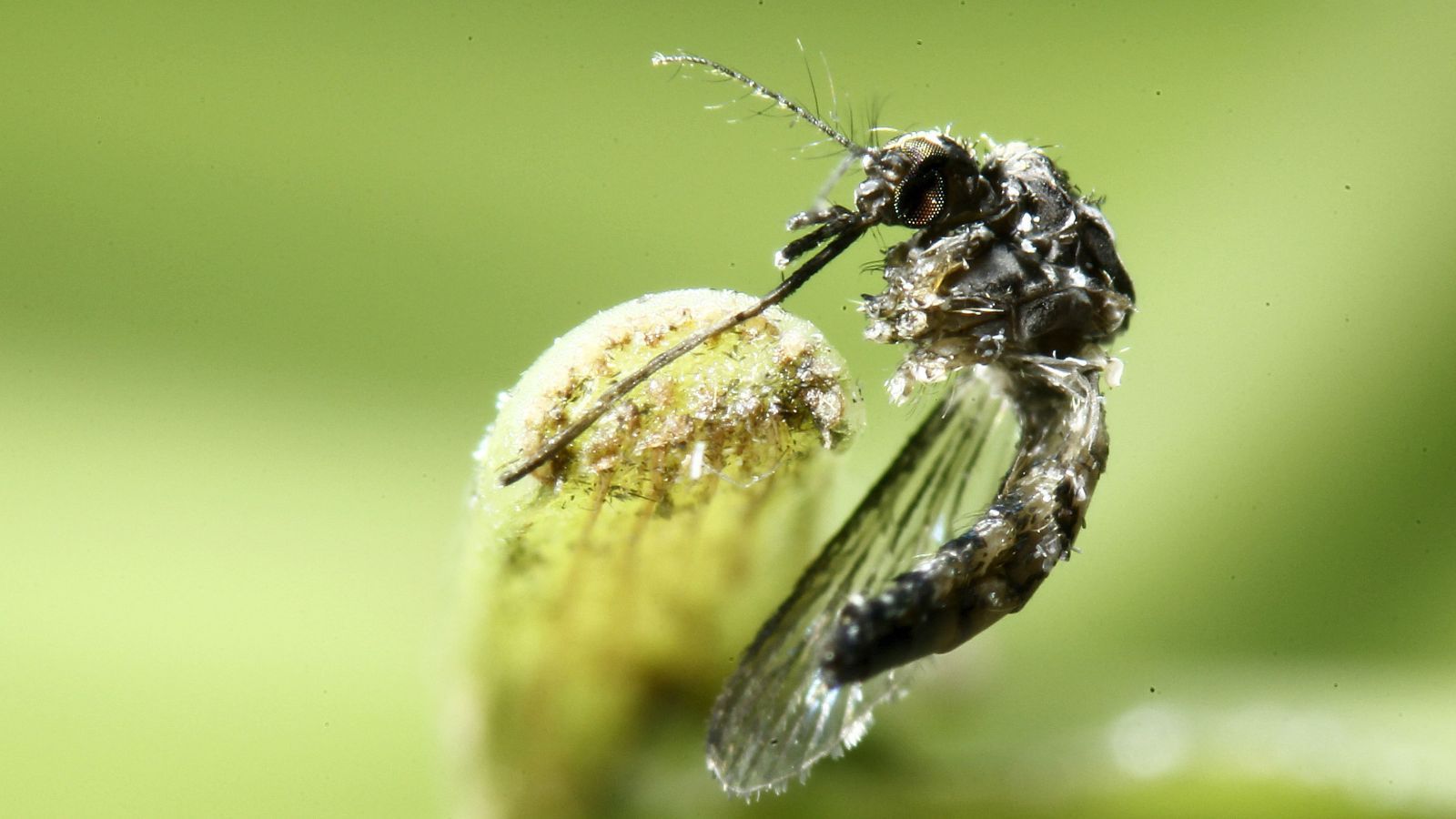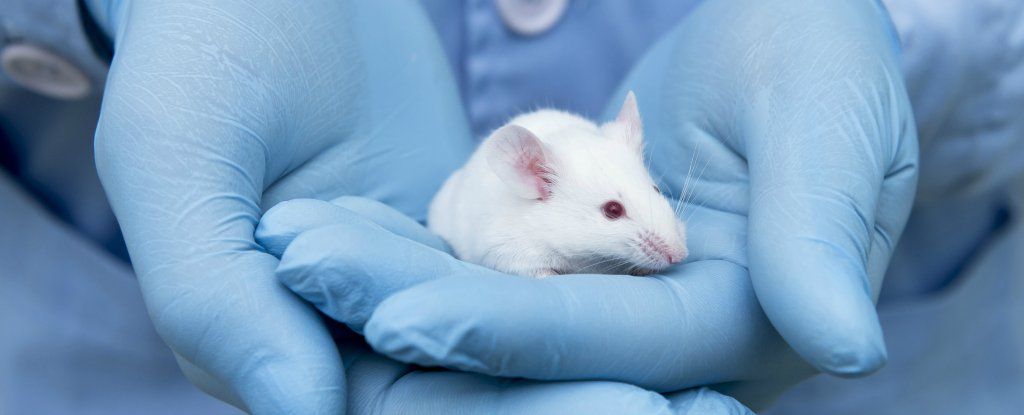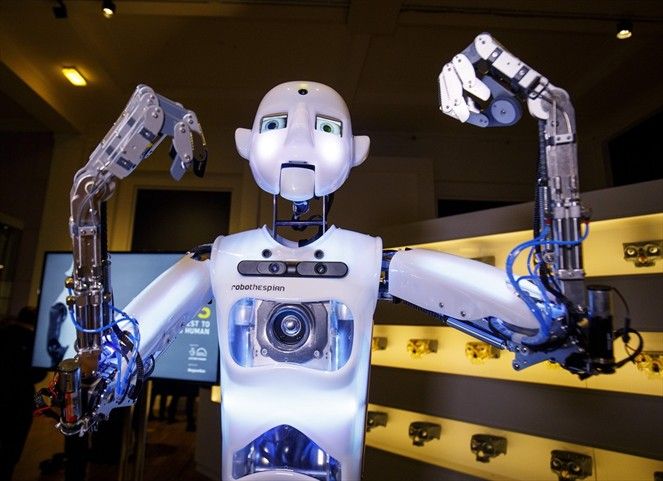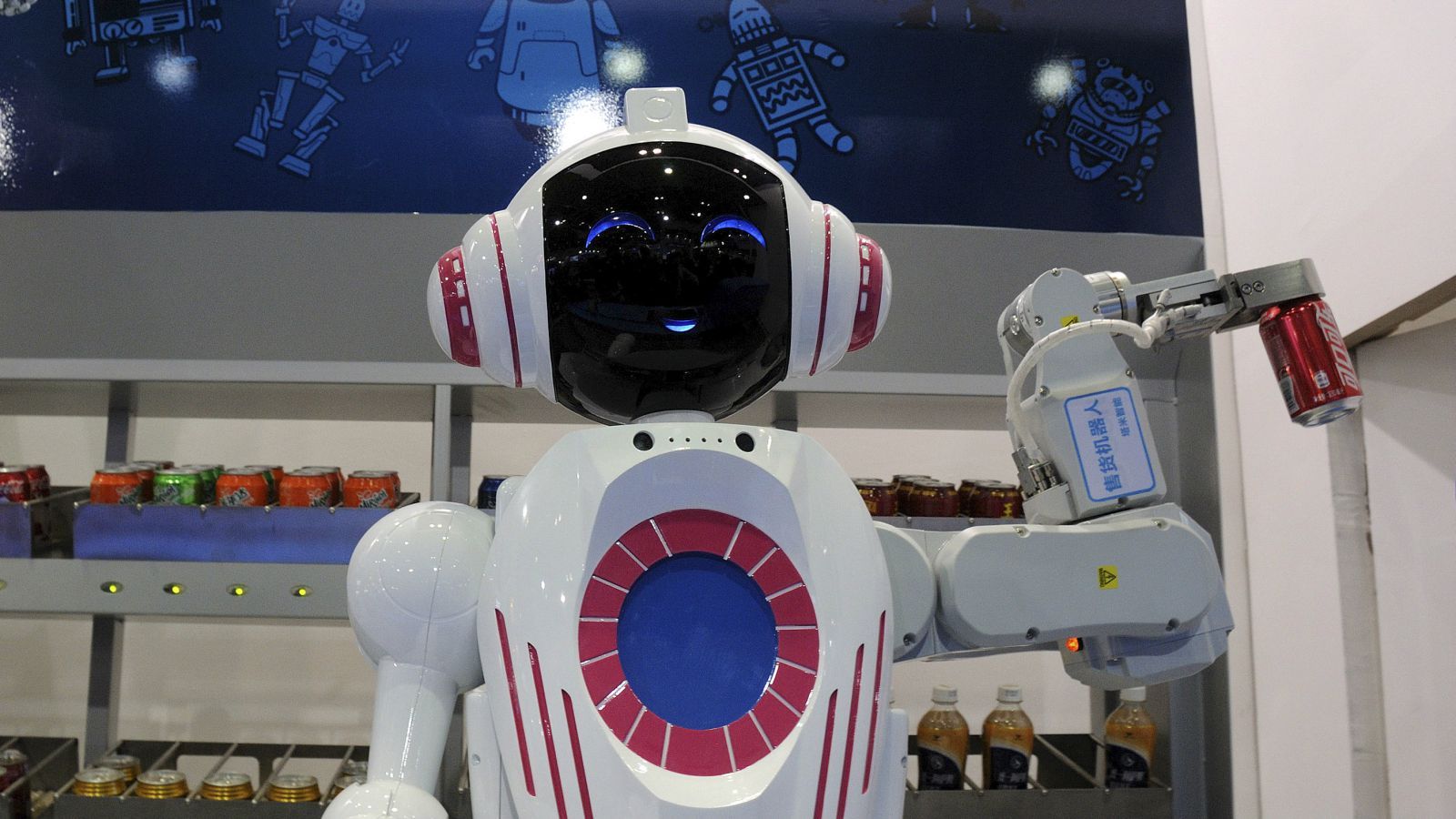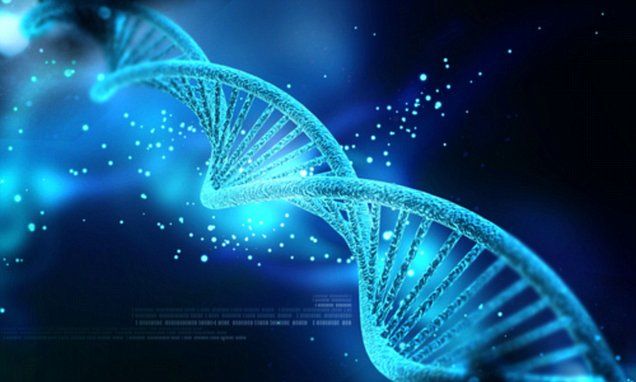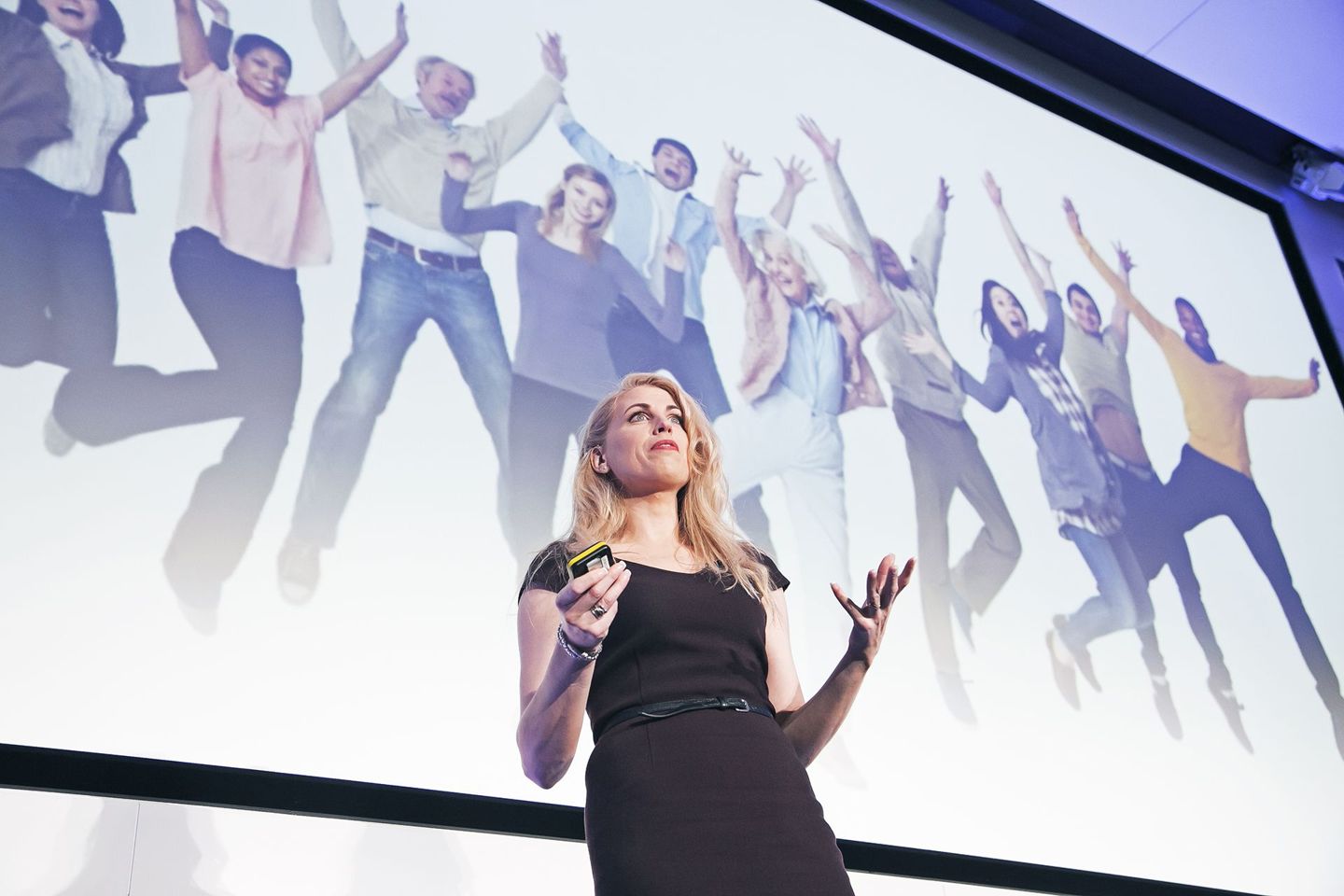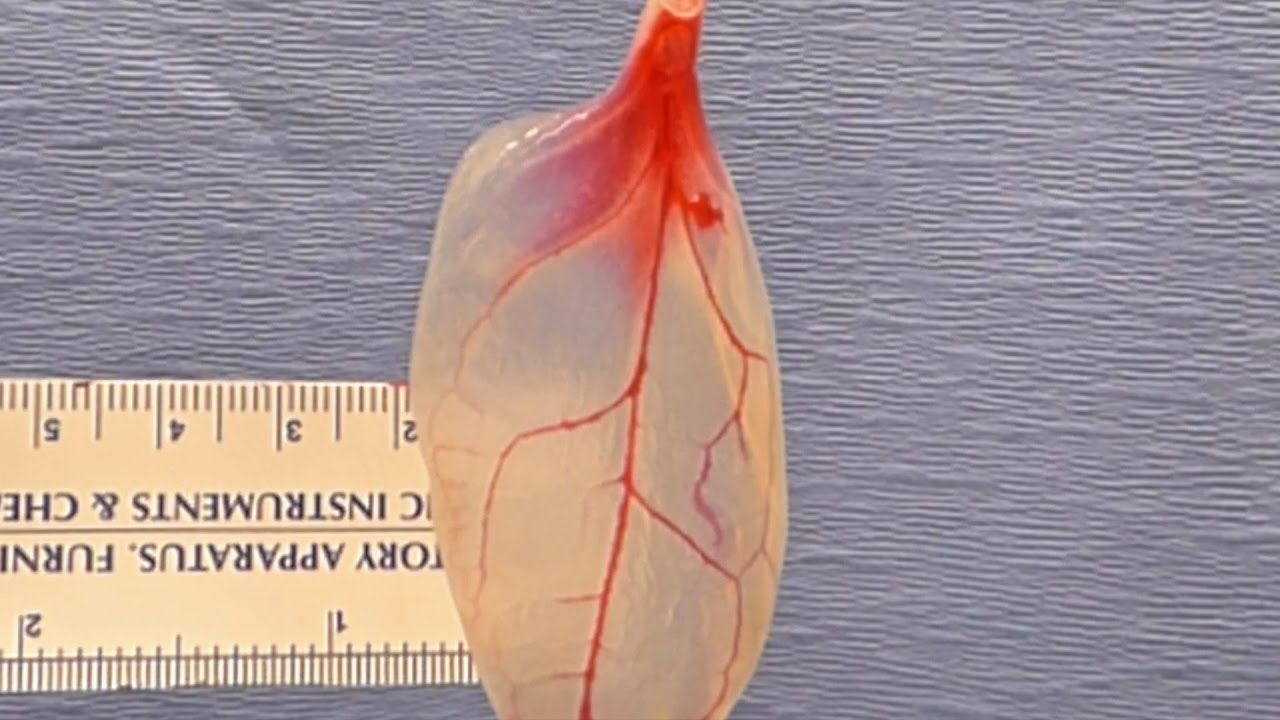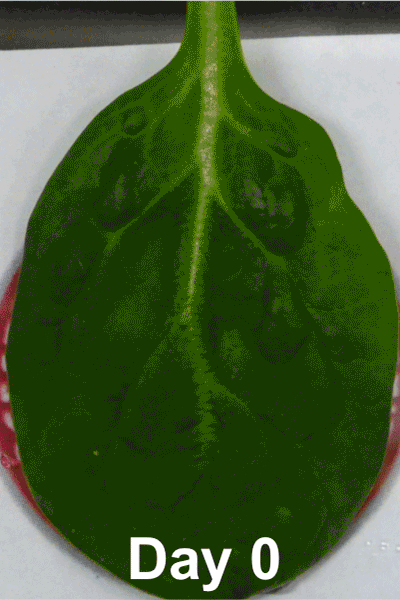Mar 24, 2017
Scientists just changed the way we build genomes to make them 270,000 times cheaper
Posted by Shane Hinshaw in categories: biotech/medical, genetics, health
In 2003, the US Department of Defense and the National Institutes of Health announced that—13 years and $2.7 billion later—they had finally finished mapping the human genome.
But the quest to understand human genetics was far from over: Genomes, which are the entire layout of our 3 billion base pairs of DNA, vary dramatically from person to person. So mapping the first human genome was really just mapping a human genome (the patient’s identity was kept secret for privacy.) And even though shorter genetic sequencing is available, doctors studying rare genetic diseases need the full scope of a patient’s genetic material to find the problematic mutation. Finding these faulty sections of genes is like a microscopic version of Where’s Waldo among 3 billion people wearing stripes, a game that has cost $3 billion to play.
In a paper published (paywall) in Science on March 23, researchers from the Baylor College of Medicine, Massachusetts Institute of Technology, and Harvard University said they have figured a way to sequence the entirety of any genome for just $10,000, in a couple of weeks. Their test project? Re-sequencing the DNA of the mosquito species that spreads the Zika virus.
